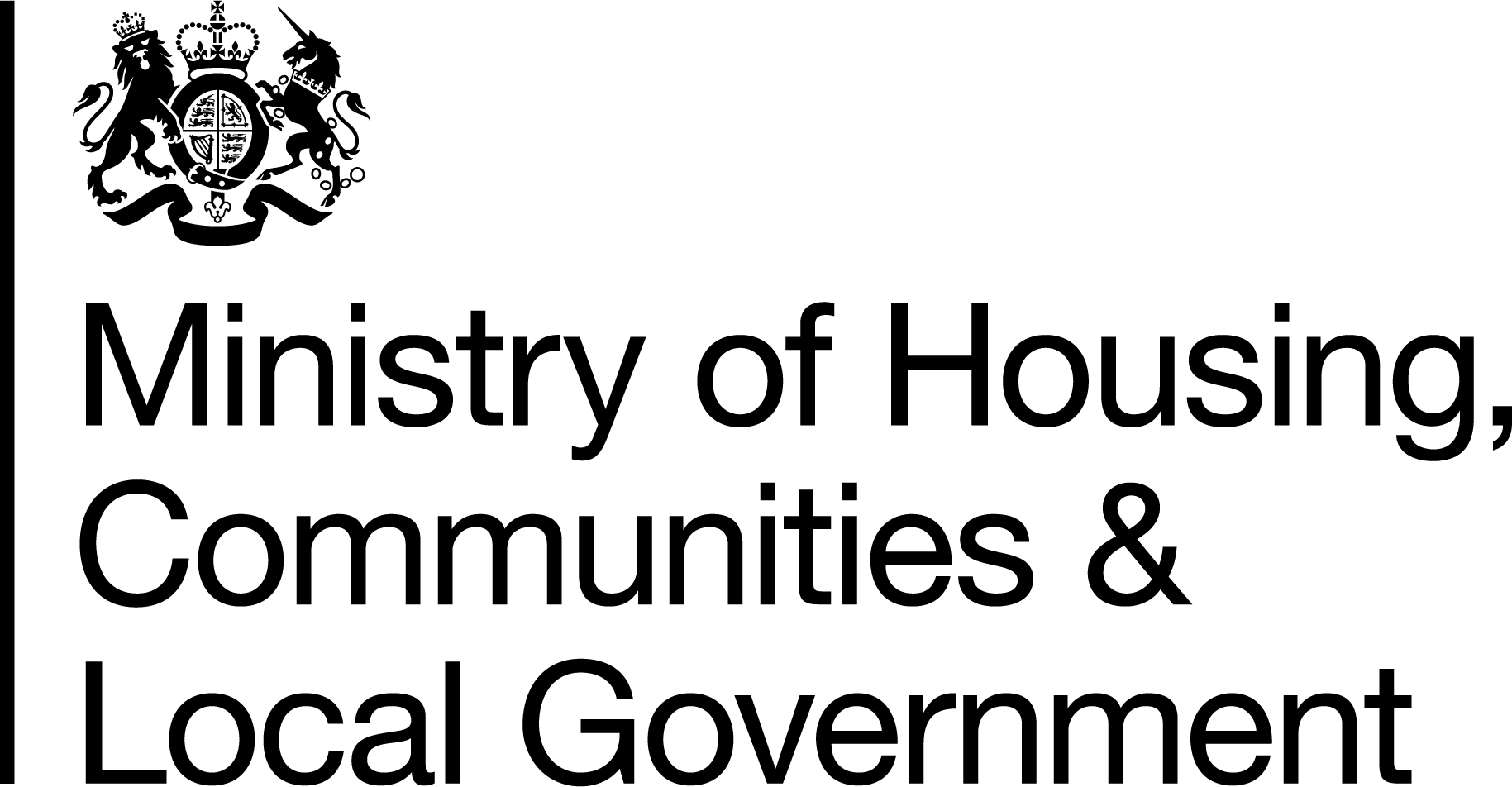Consultation on the proposed London Housing Emergency Measures
Overview
The Government is consulting on a proposed time-limited relief from the Community Infrastructure Levy for eligible developments in Greater London (Part I) and on permanent changes to the Mayor of London’s existing planning powers to strengthen oversight of planning applications of potential strategic importance (Part II).
Topic of this consultation:
Part I of this consultation seeks views on the design and administration of a proposed time-limited relief from the Community Infrastructure Levy for certain developments in Greater London.
Part II of this consultation seeks to gather views on proposed changes to the Mayor of London’s planning powers.
Scope of this consultation:
Part I of the consultation summarises the rationale for emergency CIL relief in London and why it is needed; and sets out the proposals for which developments will qualify for relief and how that relief will be accessed and administered.
Part II of the consultation covers proposed permanent changes to the Mayors existing planning powers: a new application of potential strategic importance category, which will be subject to a streamlined process, for development of 50 or more homes where boroughs are minded to refuse; and bringing applications involving development of over 1,000 square meters within Green Belt or Metropolitan Open Land within scope of his call-in power.
Geographical scope:
Both Part I and Part II relate to England only.
Impact assessment:
For Part I, whilst taxes and levies are not required to undertake an impact assessment, the Government is nonetheless keen to fully understand the anticipated impact of the proposed relief.
For Part II, the consultation seeks views on any potential impacts on businesses, local planning authorities (LPAs) and communities from the proposed measures.
For both Part I and Part II, the Government is mindful of its responsibilities under the Public Sector Equality Duty, and therefore views are additionally sought in questions 32 and 33 on whether there are any perceived or likely impacts arising from these measures on those with a protected characteristic.

Share
Share on Twitter Share on Facebook